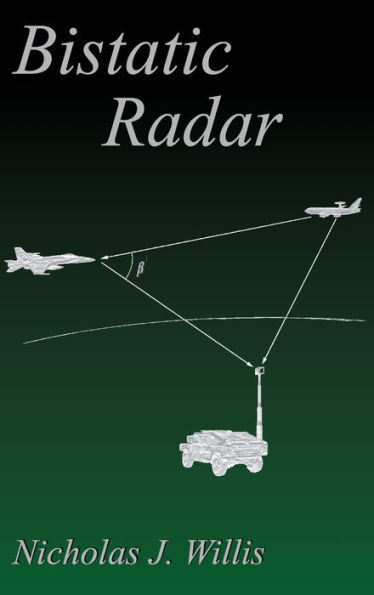Bistatic Radar
This is the only English language book on bistatic radar. It starts with James Casper's fine chapter in the first edition of Skolnik's Radar Handbook (1970), capturing previously unpublished work before 1970. It then summarizes and codifies subsequent bistatic radar research and development, especially as catalogued in the special December 1986 IEE journal. It defines and resolves many issues and controversies plaguing bistatic radar, including predicted performance, monostatic equivalence, bistatic radar cross section and resolution, bistatic Doppler, hitchhiking, SAR, ECM/ECCM, and, most importantly, the utility of bistatic radars. The text provides a history of bistatic systems that points out to potential designers, the applications that have worked and the dead-ends not worth pursuing. The text reviews the basic concepts and definitions, and explains the mathematical development of relationships, such as geometry, Ovals of Cassini, dynamic range, isorange and isodoppler contours, target doppler, and clutter doppler spread.
1101599906
Bistatic Radar
This is the only English language book on bistatic radar. It starts with James Casper's fine chapter in the first edition of Skolnik's Radar Handbook (1970), capturing previously unpublished work before 1970. It then summarizes and codifies subsequent bistatic radar research and development, especially as catalogued in the special December 1986 IEE journal. It defines and resolves many issues and controversies plaguing bistatic radar, including predicted performance, monostatic equivalence, bistatic radar cross section and resolution, bistatic Doppler, hitchhiking, SAR, ECM/ECCM, and, most importantly, the utility of bistatic radars. The text provides a history of bistatic systems that points out to potential designers, the applications that have worked and the dead-ends not worth pursuing. The text reviews the basic concepts and definitions, and explains the mathematical development of relationships, such as geometry, Ovals of Cassini, dynamic range, isorange and isodoppler contours, target doppler, and clutter doppler spread.
135.0
In Stock
5
1

Bistatic Radar
329
Bistatic Radar
329Paperback(2nd ed.)
$135.00
135.0
In Stock

Product Details
| ISBN-13: | 9781891121456 |
|---|---|
| Publisher: | The Institution of Engineering and Technology |
| Publication date: | 06/30/2004 |
| Series: | Radar, Sonar and Navigation |
| Edition description: | 2nd ed. |
| Pages: | 329 |
| Product dimensions: | 6.00(w) x 9.00(h) x (d) |
About the Author
From the B&N Reads Blog
